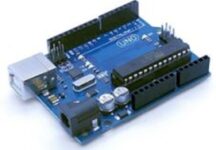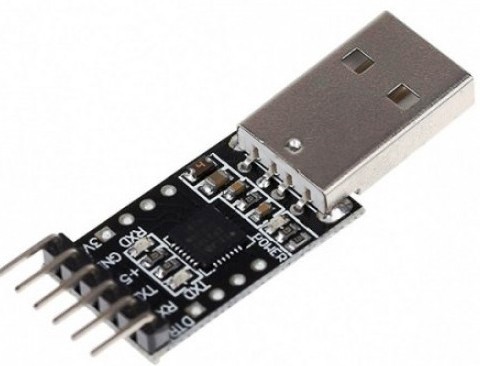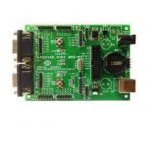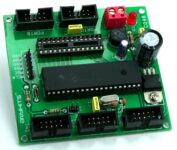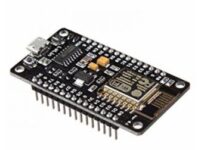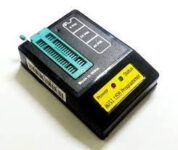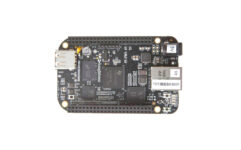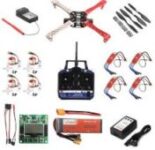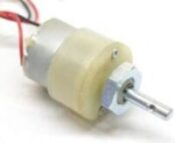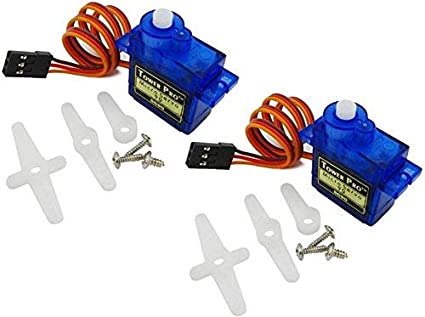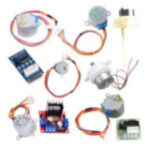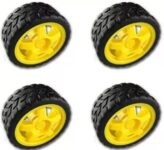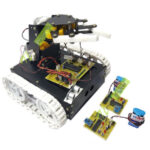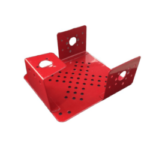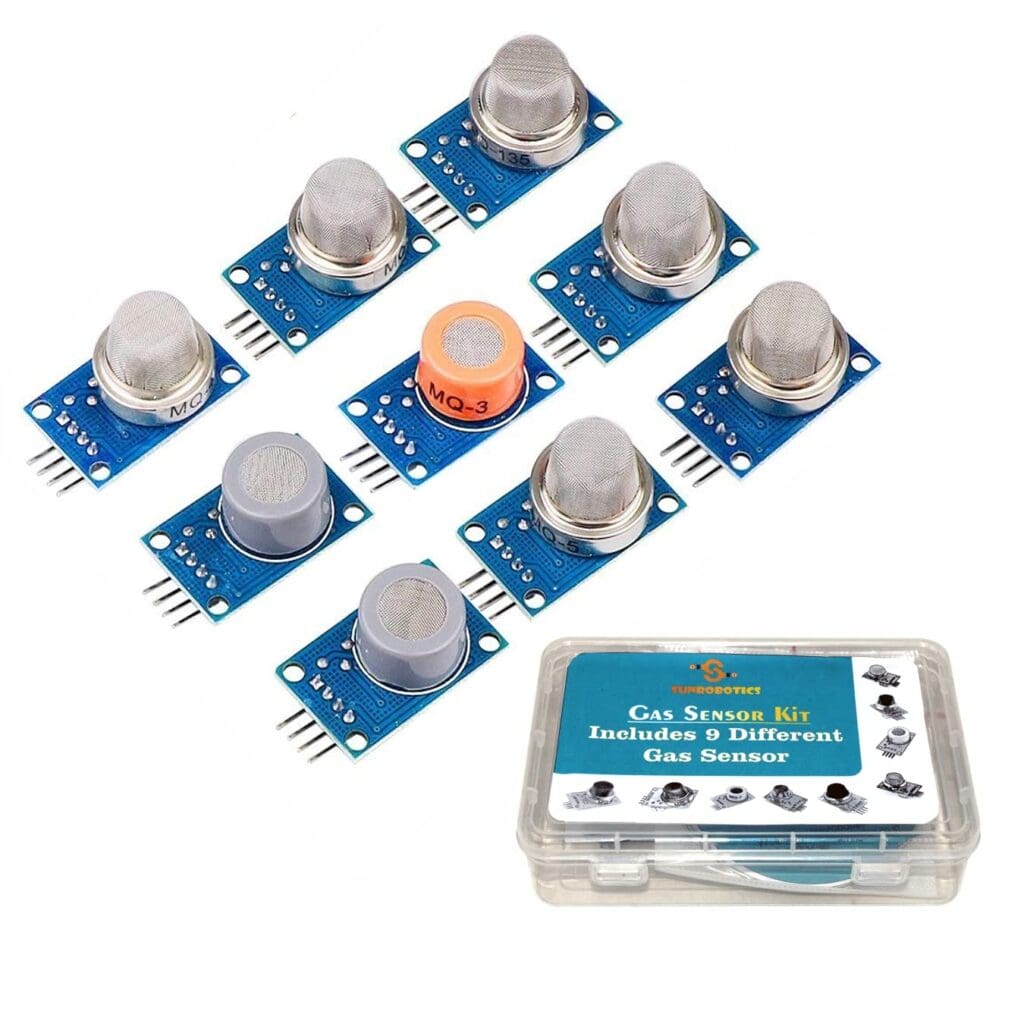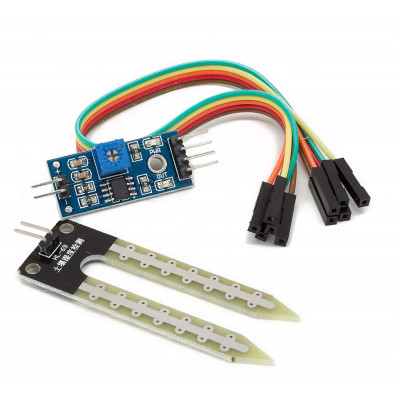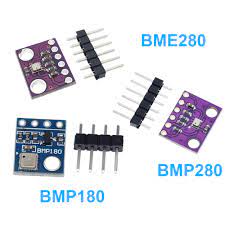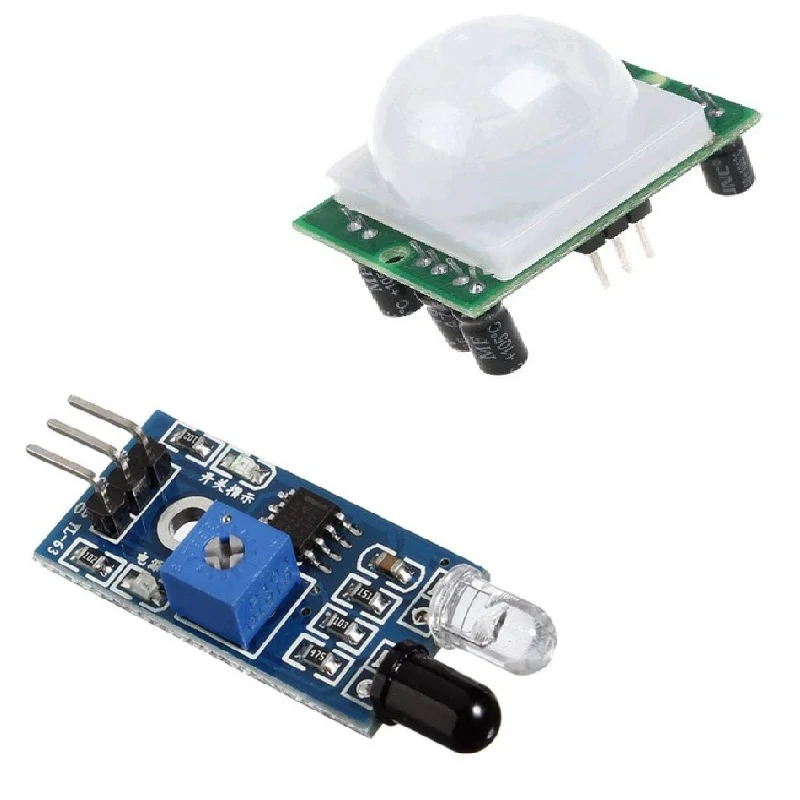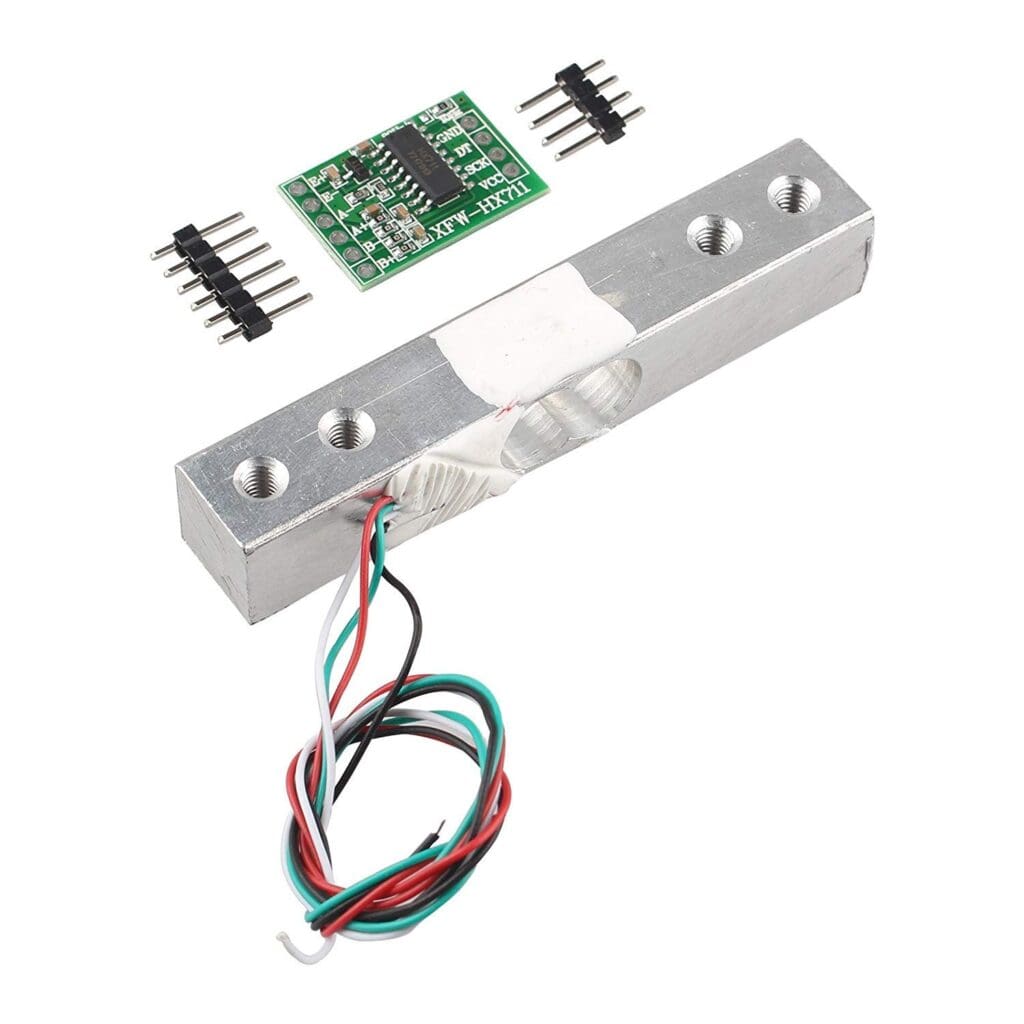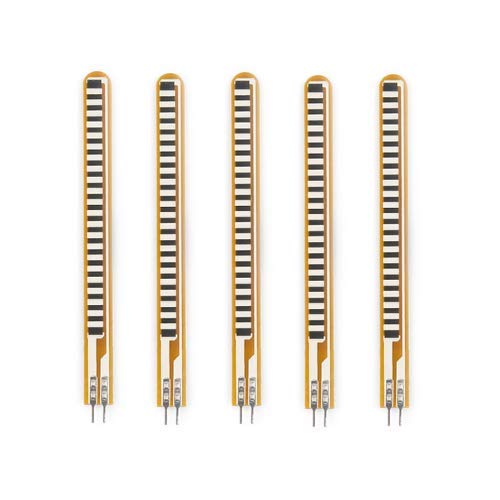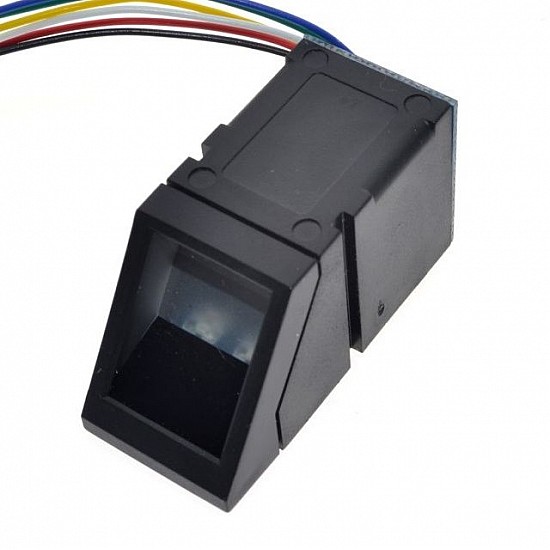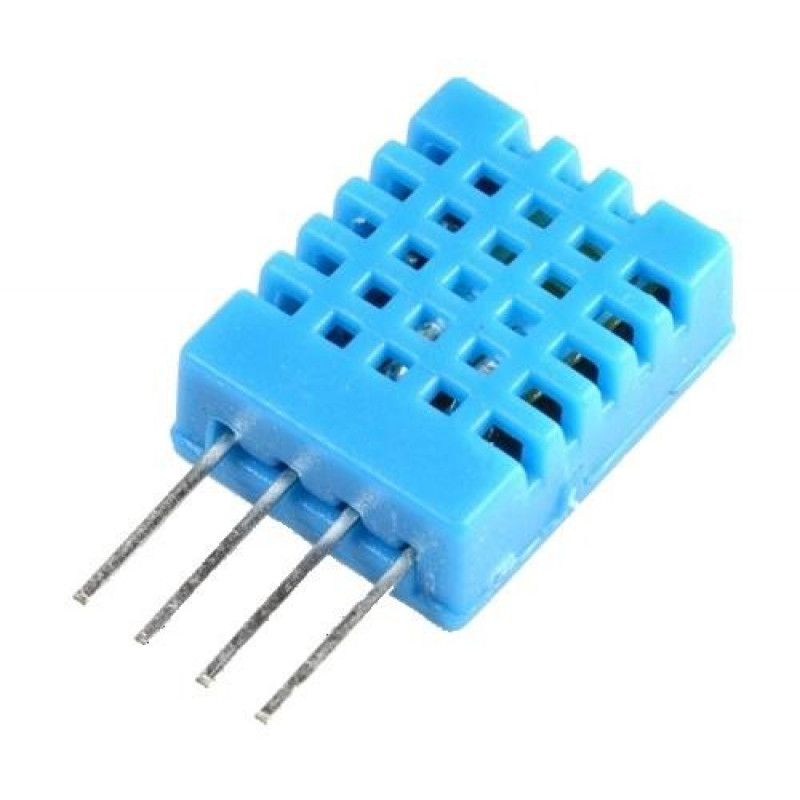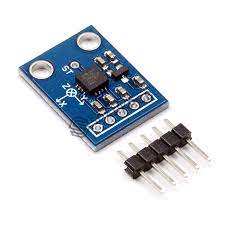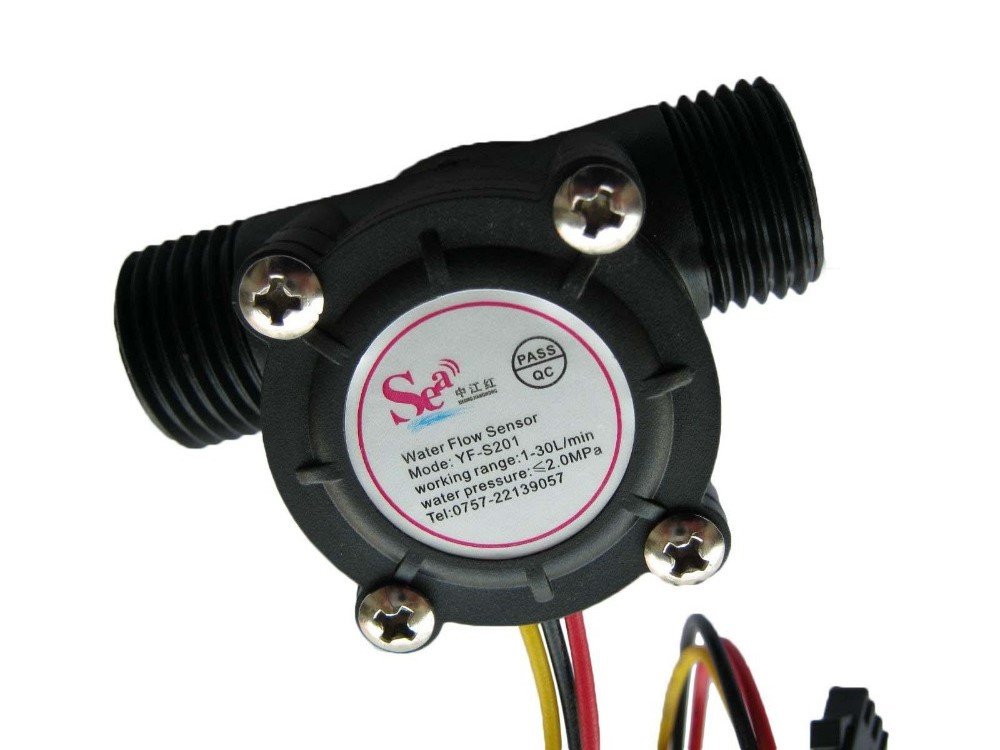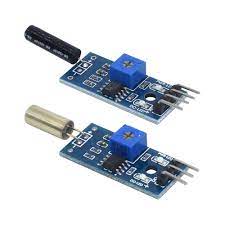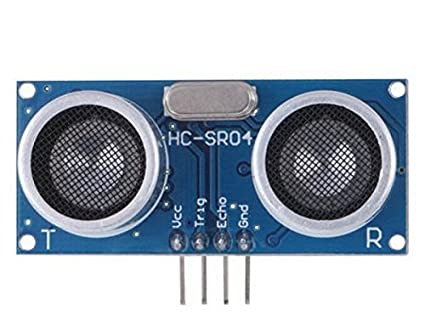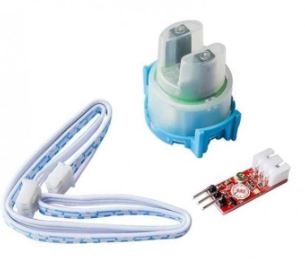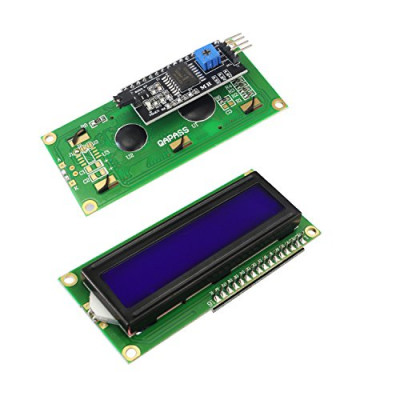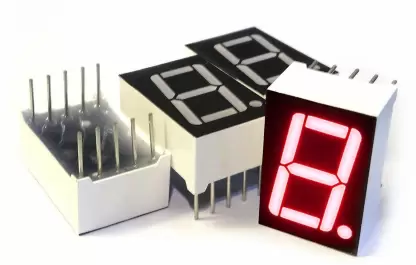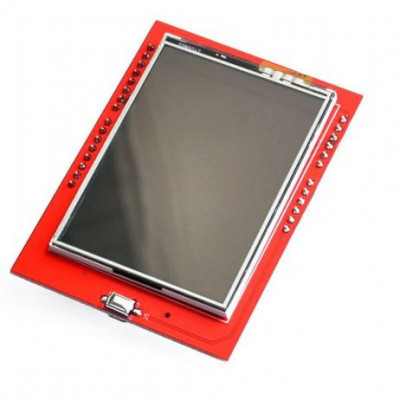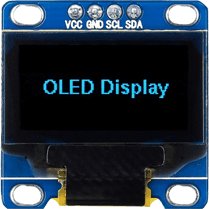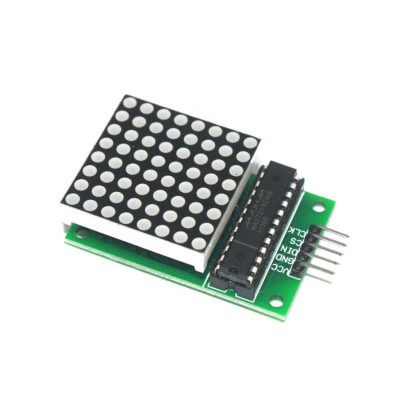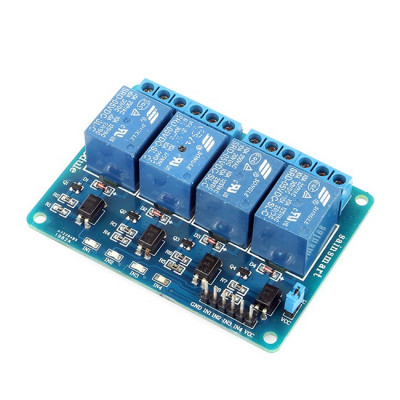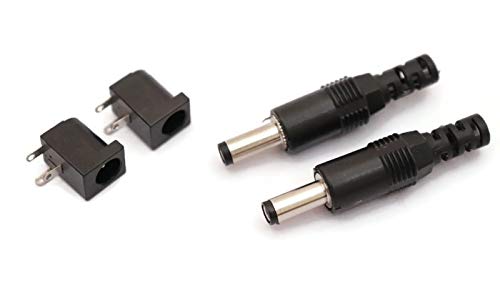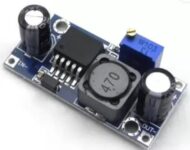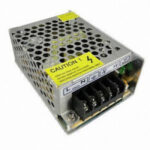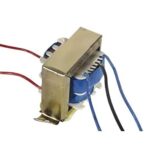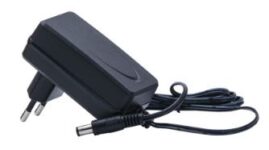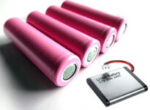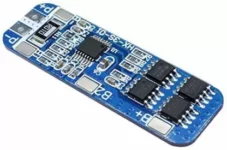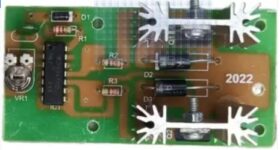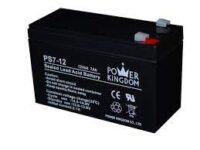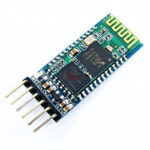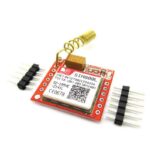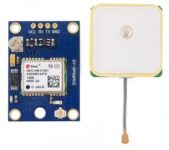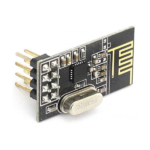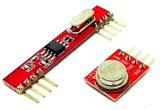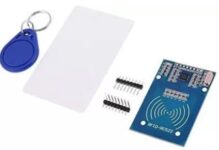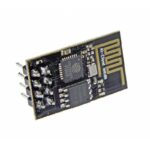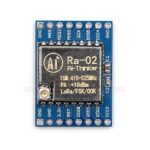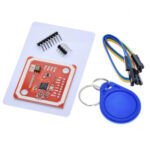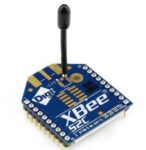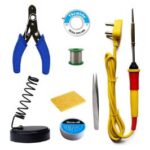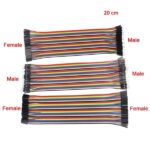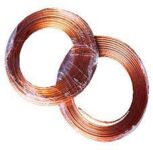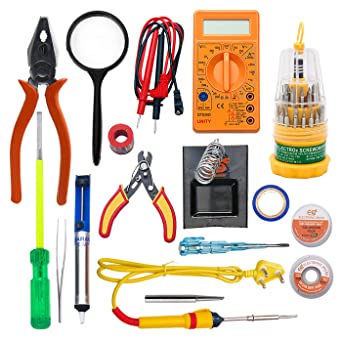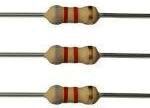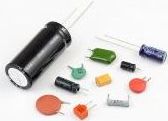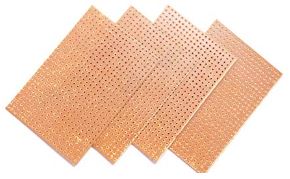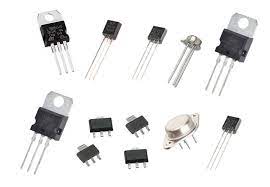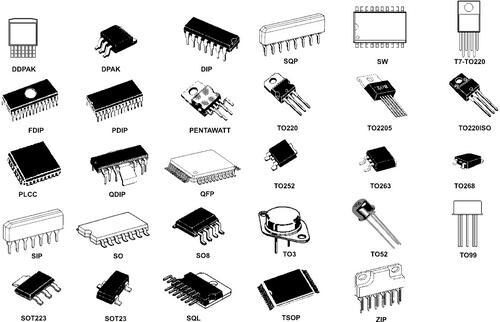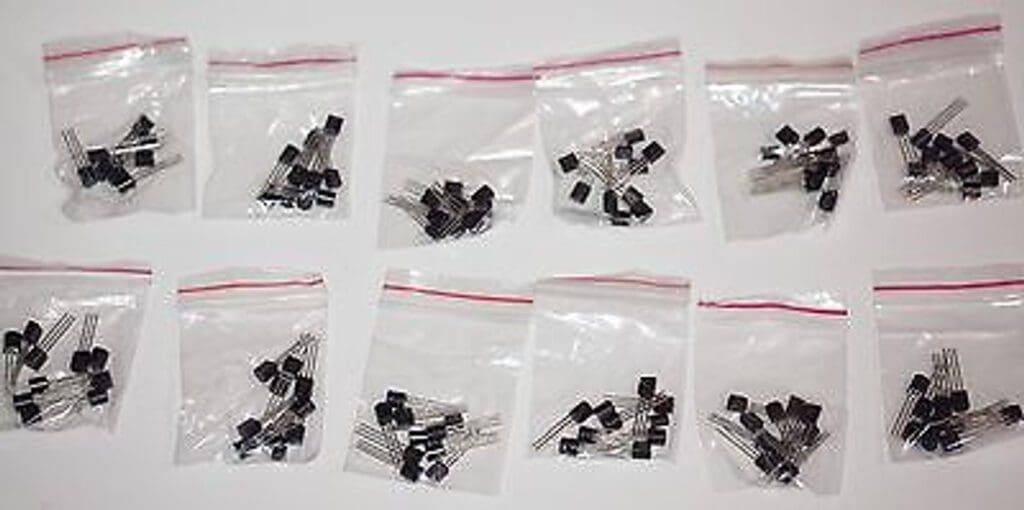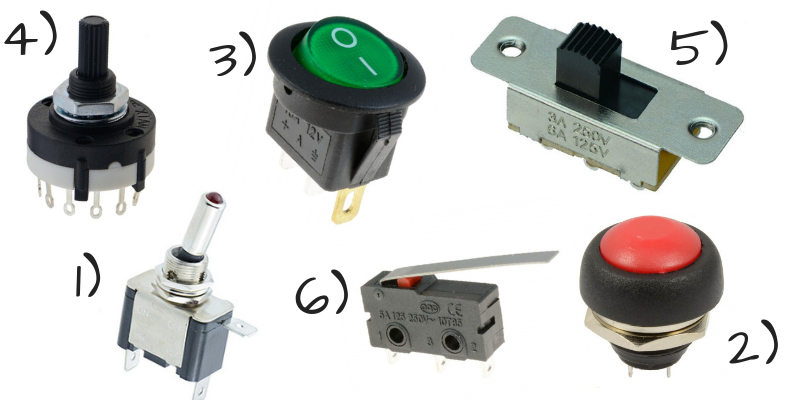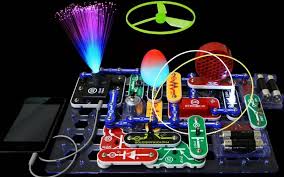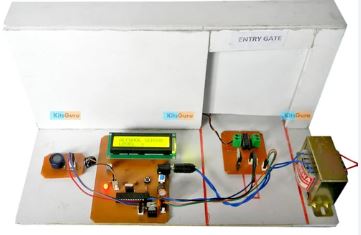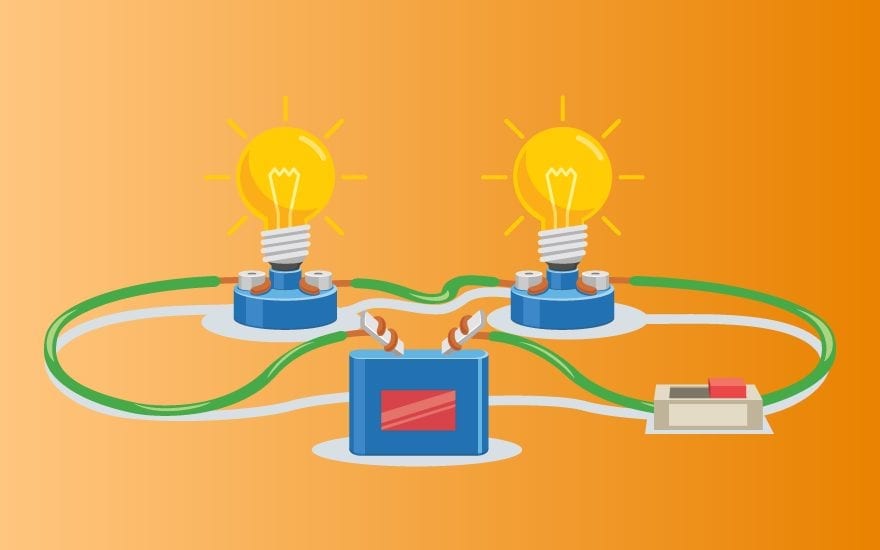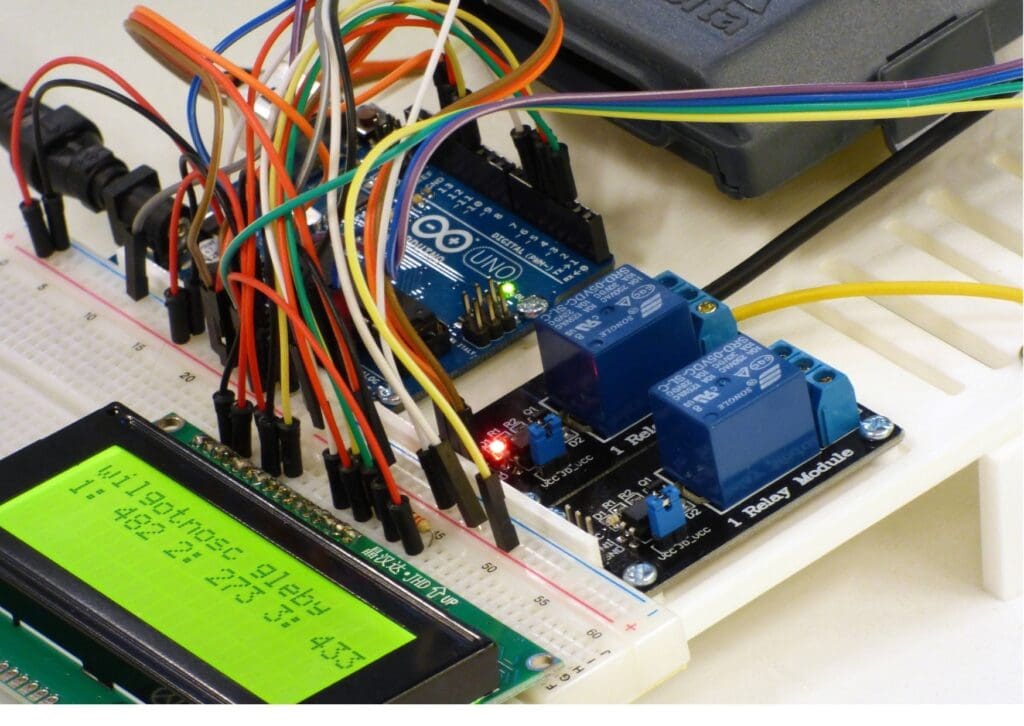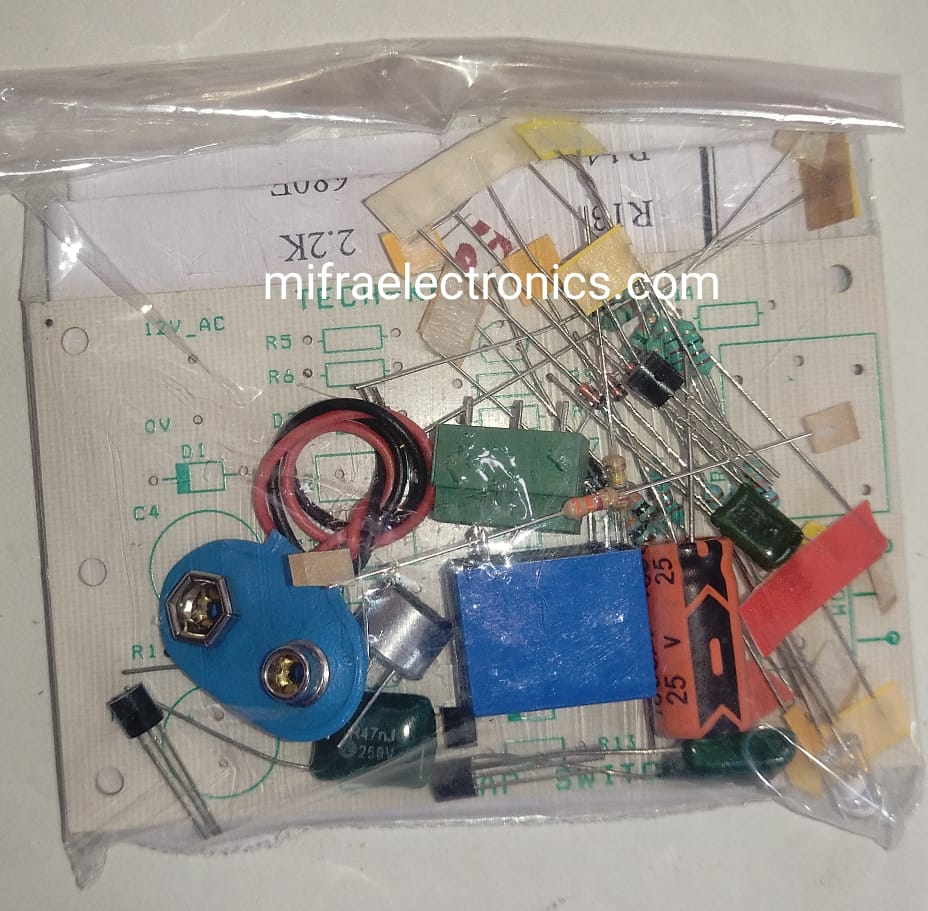Components of Electronics: An In-Depth Introduction to Resistors, Capacitors, and Inductors. Welcome to the fascinating world of electronics, “Explore Electronic Components: Resistors, Capacitors, Inductors”. Introduction to basic electronic components where tiny components wield enormous power, and understanding their roles is the key to unlocking the potential of modern technology. In this comprehensive exploration, we delve into the fundamental building blocks of electronics: resistors, capacitors, and inductors. By the end of this journey, you’ll not only grasp their basic functions but also appreciate the pivotal roles they play in shaping the electronic landscape.
Resistors: The Guardians of Current Flow
Resistors, often depicted as the humble workhorses of electronics, play a pivotal role in controlling the flow of electrical current within circuits. They are the “traffic regulators” of the electronic world, governing the speed and intensity of electrons as they traverse the circuitry. Here’s a closer look at these unassuming yet indispensable components:
a. Resistance Value
The core characteristic of a resistor is its resistance value, measured in ohms (Ω). This value determines how effectively the resistor can impede or limit the flow of current. A higher resistance value means that the resistor restricts the flow of electrons more effectively, while a lower value permits a greater flow.
b. Color Coding
Have you ever noticed the colorful bands adorning resistors? They aren’t just for aesthetic appeal; they carry valuable information. These bands represent the resistance value and tolerance of the resistor. By decoding these bands, you can quickly ascertain the resistor’s specifications, making it an essential skill for electronics enthusiasts.
Applications
Resistors find applications across the entire spectrum of electronics:
1. Voltage Dividers : In simple terms, a voltage divider uses resistors to divide a voltage into smaller parts. This principle is essential in creating reference voltages and scaling signals.
2. Current Limiters : By strategically placing resistors within a circuit, you can cap the amount of current flowing through a component. This function is particularly vital in protecting delicate components from excessive current.
3. Signal Conditioning : In many electronic systems, resistors are used to condition signals, adjusting their amplitudes or voltage levels to ensure compatibility with other components.
4. Biasing Transistors : In amplifiers and signal processing circuits, resistors bias transistors to operate within specific regions, allowing precise control over their behavior.
Resistors come in a wide range of values and power ratings, making them incredibly versatile for various applications.
2. Capacitors: The Silent Energy Stores
Imagine tiny batteries capable of storing and releasing electrical energy in the blink of an eye. These are capacitors, and they are the silent energy stores of the electronic world. While capacitors may not be as flashy as their semiconductor counterparts, they possess unique qualities that make them invaluable.
Capacitance
The fundamental property of a capacitor is capacitance, measured in farads (F). It signifies the component’s ability to store electrical charge. Larger capacitors have greater capacitance and can store more energy.
Charging and Discharging
One of the remarkable features of capacitors is their ability to charge and discharge rapidly. When a voltage is applied across a capacitor, it accumulates charge. Introduction to basic electronic components, When the voltage is removed or reduced, the capacitor releases the stored energy. This property makes capacitors indispensable in various electronic applications, including timing circuits and filtering.
Types of Capacitors
Capacitors come in an array of types, each tailored to specific needs:
1. Ceramic Capacitors : These compact capacitors find use in high-frequency applications due to their quick response times.
2. Electrolytic Capacitors : Offering high capacitance values, electrolytic capacitors are commonly used for energy storage and filtering in power supplies.
3. Tantalum Capacitors : Known for their stability and reliability, tantalum capacitors are often used in critical applications such as aerospace and medical electronics.
4. Film Capacitors : Film capacitors, made from materials like polyester or polypropylene, are known for their low leakage and high precision.
Choosing the right type of capacitor for a specific application is crucial, as each type has its unique electrical characteristics.
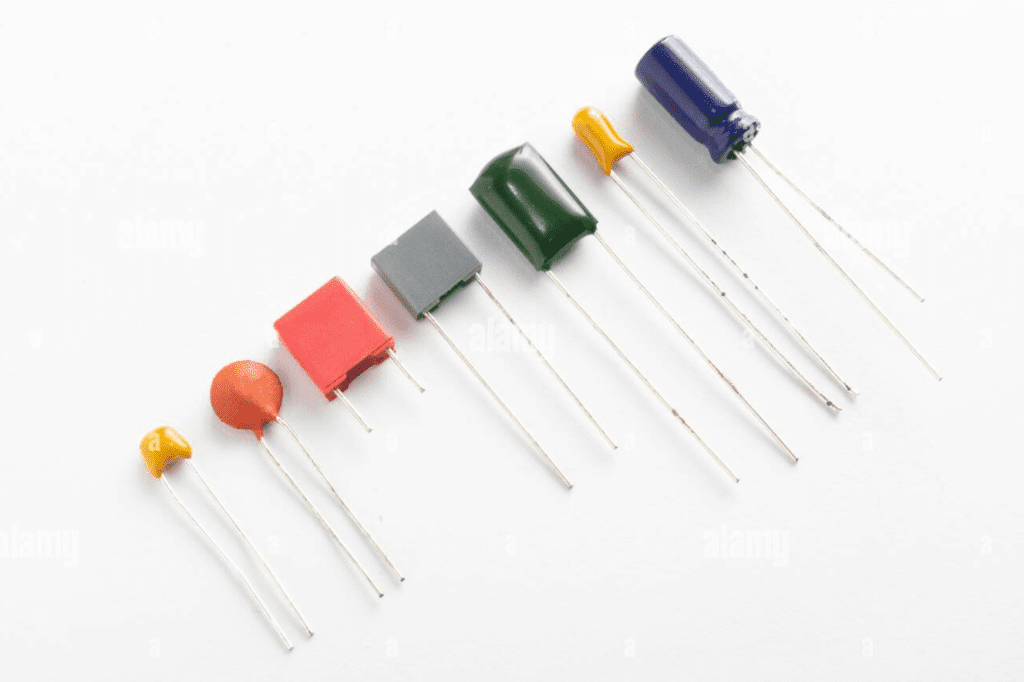

3. Inductors: The Magnetic Enigmas
Inductors may appear mysterious with their coils of wire, but they are essential components that operate on the principles of electromagnetic induction. Introduction to basic electronic components These components are adept at storing energy in the form of a magnetic field when current flows through them.
Inductance
Inductance, measured in henrys (H), quantifies an inductor’s ability to store energy in a magnetic field. The higher the inductance, the more energy the inductor can store. Inductors with large inductance values are often used in energy storage applications.
Applications
Inductors serve a range of critical functions in electronics:
1. Energy Storage : Inductors store energy in their magnetic fields and release it when the current flow changes. This property is essential in power supplies, where they help stabilize voltage.
2. Filtering : Inductors can be employed in filter circuits to remove unwanted frequencies from signals, ensuring a clean and steady output.
3. Back EMF in Motors : When a current-carrying coil, such as a motor, is suddenly turned off, it generates a counter electromotive force (EMF) known as “back EMF.” Inductors help manage this phenomenon in motor control applications.
Inductors can vary widely in size and construction, making them suitable for various applications in electronics.
3. The Synergy of Components
What makes the world of electronics truly fascinating is the intricate interplay between resistors, capacitors, and inductors. These components often work in tandem to create circuits of astonishing complexity and functionality. Here are some instances of their cooperation:
1. Filters : In audio equipment and communication systems, capacitors and inductors combine to create filters that isolate specific frequency ranges.
2. Oscillators : By combining resistors, capacitors, and inductors, you can create oscillators—circuits that generate periodic waveforms, such as the clock signal in digital devices.
3. Power Supplies : In power supply circuits, capacitors smooth out voltage fluctuations, while inductors help filter unwanted noise.
4. Amplifiers : Resistors set the gain of amplifiers, capacitors couple AC signals, and inductors prevent interference.
In essence, these components are the artisans behind the scenes, enabling the gadgets and devices we rely on daily.
for more information visit our website www.mifraelectronics.com
for more information visit our website www.mifratech.com
4. Conclusion
Introduction to basic electronic components Resistors, capacitors, and inductors may not grab headlines, but their significance in the realm of electronics cannot be overstated. They are the foundation upon which all electronic marvels are built. Whether you are an aspiring electronics enthusiast or a seasoned engineer, a deep understanding of these components is essential for harnessing the full potential of electronic systems. The next time you encounter a circuit board, remember that within those unassuming components lies the power to shape the technological wonders of our age. So, embrace the world of resistors, capacitors, and inductors, and let your electronics journey begin.



